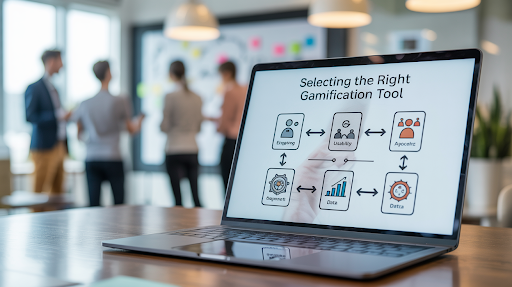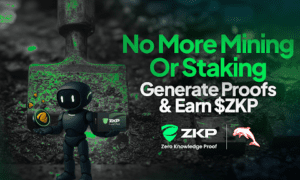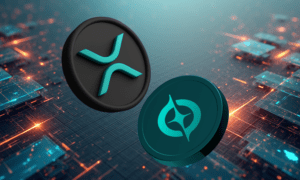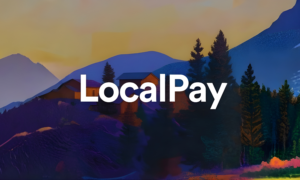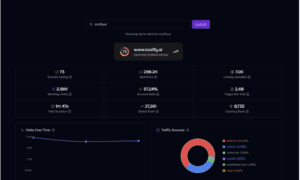Gamification has evolved into a powerful strategy to engage users, improve retention, and create meaningful interactions across various digital platforms. Whether you’re enhancing an app, a website, or an internal training program, the right gamification tool can make all the difference. But with so many options available, how do you choose the one that aligns best with your goals?
This guide walks you through the essential criteria for selecting a gamification tool, ensuring that your choice leads to effective implementation and long-term success.
Why Gamification Matters
Before we get into the selection process, it’s worth pausing to reflect on why gamification has become such a valuable strategy.
At its core, gamification taps into the human desire for challenge, achievement, and reward. When thoughtfully applied, it turns routine user actions—like completing tasks, progressing through content, or making purchases—into meaningful experiences.
For apps that rely on frequent user interaction, such as fitness, learning, finance, or productivity platforms, gamification can provide a sense of progress and motivation that keeps users coming back.
However, to get these results, the system behind the gamification must match your app’s goals, audience, and capabilities. That’s where the right tool makes all the difference.
Criteria and Considerations for Selecting a Gamification Tool
Not all gamification tools are built the same. Some offer basic point-based rewards, while others provide complex engagement mechanics. Here are some essential points to consider:
-
Know Your Objectives
The first step is understanding what you want to achieve with gamification.
Are you aiming to:
- Encourage daily use?
- Help users complete key milestones.
- Improve onboarding experiences?
- Increase customer lifetime value?
Your goals will directly impact which gamification features matter most to you. For instance, if you’re focused on building habit loops, streak-based challenges or daily rewards might be important. If your goal is to boost in-app purchases, you may want to highlight badges or points that tie into rewards.
It’s helpful to write down your top three goals before you start comparing tools. That list becomes your filter—helping you focus on what really matters instead of getting lost in feature lists.
-
Understand Your Users
Gamification only works if it resonates with your audience.
Think about your users’ preferences:
- Do they enjoy competition, or do they prefer personal achievements?
- Would social elements like leaderboards encourage them or turn them off?
- Are they motivated by points and progress or by unlocking content?
A great gamification tool should support different styles of motivation. Visible achievements will drive some users, while others prefer quieter encouragement through progress bars or visual feedback. The best tools offer a mix, allowing you to shape experiences that match your audience.
One way to explore this is through user interviews or feedback sessions. Ask what makes users feel accomplished or excited. This insight will guide your feature selection later.
-
Prioritise Easy Integration
When evaluating a tool, it’s not just about what it can do—it’s about how easily it fits into your existing systems.
Some gamification tools require heavy custom development, while others offer plug-and-play solutions with low-code or no-code options. The more complex the setup, the longer it may take to launch and iterate.
If your team values quick experimentation or you work with limited engineering bandwidth, look for tools that are flexible, intuitive, and easy to integrate into your product stack.
For example, Plotline’s gamification tool is designed to help product teams build custom gamified experiences without complex backend work. With drag-and-drop flows and real-time deployment, teams can create badges, rewards, and challenges quickly—ideal for fast-growing apps that want to test and tweak without waiting on long development cycles.
This kind of setup is especially helpful if you want to run experiments or roll out gamified features gradually.
-
Look for Customisation Options
No two products are the same, and your gamification system should reflect your brand and user journey. A one-size-fits-all approach rarely works. Instead, look for a tool that allows you to customize:
- Visual elements like icons, colors, and animations
- Trigger points for badges, points, or rewards
- The logic behind user progress or achievements
Customization helps keep your gamification consistent with your app’s tone and purpose. For example, a learning app might reward “knowledge streaks” with skill-based titles, while a wellness app might use calming visuals and positive affirmations to celebrate user milestones.
The key is to make gamification feel like a natural part of your app, not an afterthought.
-
Support for A/B Testing and Analytics
Gamification isn’t just a design choice—it’s a product decision. That means it should be measurable. Tools that include built-in analytics or A/B testing features allow you to test what works and what doesn’t. You can compare different reward structures, track user drop-offs, and optimize experiences over time.
Some tools make this process seamless. If you’re curious about which reward triggered higher engagement or whether a progress bar improved task completion, you want those answers without jumping through hoops.
Plotline’s platform, for example, lets you track how each gamified element impacts user behavior. That kind of feedback loop helps you keep improving based on real usage data.
If the tool doesn’t provide these insights, be sure it can connect easily with your existing analytics setup.
-
Keep the Experience On-Brand
Even the best-designed gamification system won’t succeed if it feels out of place in your product.
Your users are already familiar with your app’s style and tone. Adding features that feel too different—or too flashy—can actually break that trust.
Look for tools that give you control over the look and feel of every element. This ensures your gamified experience feels like a natural extension of the product rather than a bolt-on feature.
With Plotline, for example, you can customize every element to match your brand identity—colors, animations, positioning—so the gamified moments blend into your UI seamlessly.
-
Scale and Flexibility
As your product evolves, so will your user base and engagement strategies. A gamification tool should grow with you.
That means:
- Supporting new user journeys or product features
- Handling growing traffic and user interactions
- Offering advanced logic for more personalized experiences
What works for a product with 5,000 users might not hold up at 500,000. Tools that are built for growth allow teams to iterate without having to start from scratch when their product needs shift.
-
Consider Maintenance and Ownership
After launch, someone will need to maintain the gamification experience—adjust rewards, fix bugs, or roll out new achievements.
Who owns that process? Is it your product team, your developers, or a mix?
The right tool should support whichever model you prefer. If you want product managers or designers to make updates, pick a platform with an easy-to-use interface and clear logic. If you’re fine with engineers owning it, then deeper control might be more important.
This is also where solid documentation and support come into play. A good tool should help your team feel confident in making changes without always reaching out for help.
-
Read Real-World Use Cases
Sometimes, the best way to judge a tool is by seeing how others have used it. Look for case studies or product blog posts that showcase real-world gamification stories. See how other teams solved challenges similar to yours and what kind of impact they saw.
Reading through examples can help you picture what’s possible—and what feels right for your product.
Common Pitfalls to Avoid
While selecting a gamification tool, it’s easy to get caught up in flashy features that may not add real value. Here are some common mistakes to watch out for:
- Overcomplicating the System: Simplicity is key. Adding too many mechanics at once can confuse users rather than engage them.
- Ignoring User Feedback: Users will tell you what works and what doesn’t. Always monitor feedback and be ready to tweak the gamification elements.
- Focusing Solely on Rewards: While rewards are great, they shouldn’t be the only motivator. The best gamification strategies create intrinsic motivation by making tasks engaging and meaningful.
Implementing the Right Gamification Tool Successfully
Choosing the right tool is only the beginning. Successful implementation requires strategic planning:
- Define Clear Objectives: Ensure that the gamification strategy aligns with your broader goals.
- Start with a Pilot Program: Test the tool on a small scale before rolling it out fully.
- Continuously Optimize: Use analytics to refine the system and enhance user engagement.
- Keep It Fresh: Regularly update challenges, rewards, and engagement elements to maintain interest.
Why Plotline’s Gamification Tool Stands Out
Selecting the right gamification tool is about more than just picking software—it’s about creating an experience that motivates and engages users effectively. For those looking for a robust yet easy-to-integrate gamification solution, Plotline offers a suite of features designed to enhance user engagement. With seamless integration, real-time analytics, and customizable reward structures, it provides the tools needed to create an engaging experience without unnecessary complexity.
If you’re looking for a gamification tool that offers both flexibility and powerful engagement mechanics, exploring options like Plotline can be a great place to start. By making an informed choice, you set the stage for a gamification strategy that drives long-term success.

